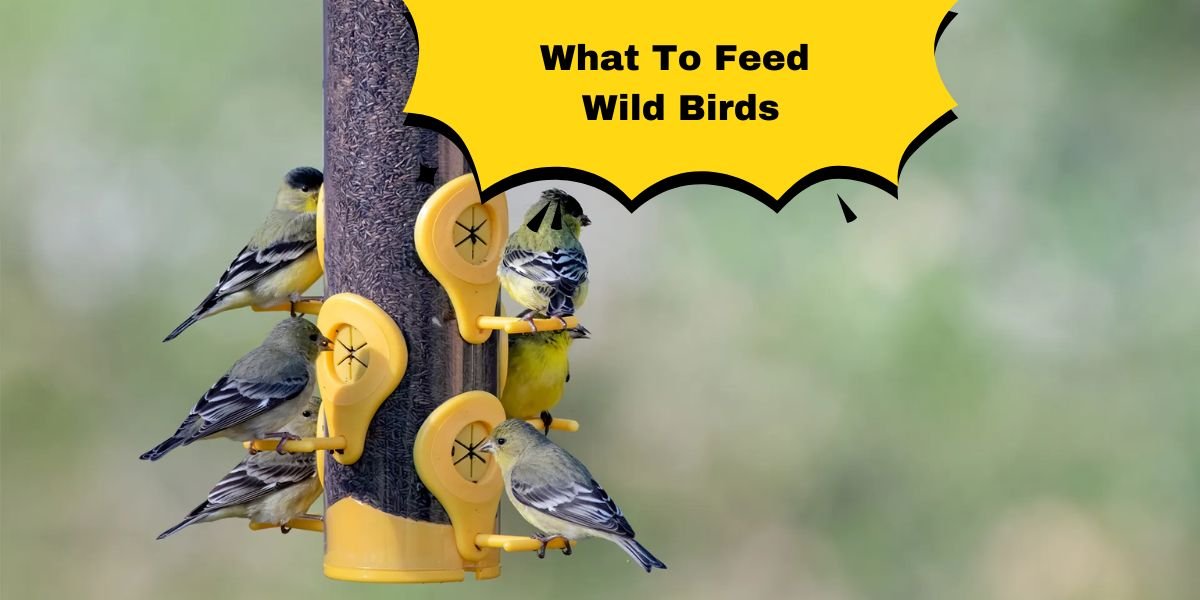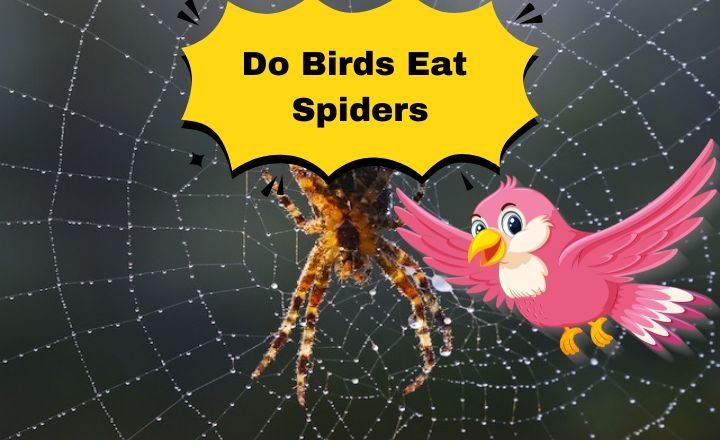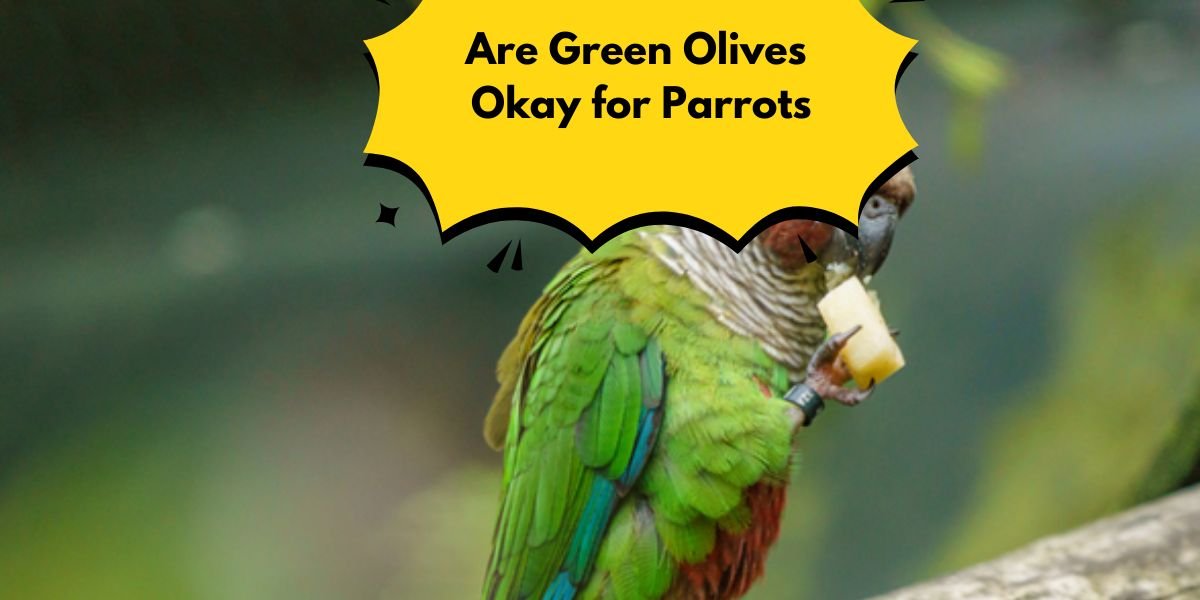What To Feed Wild Birds?
One of the best ways to bring birds near the house for easy analysis is to feed them. Birds will visit the birdhouses soon after realizing that your yard is a food source. Are you unsure of what to feed Wild birds? You can choose from a wide variety of foods, including regular meals like seeds and suet, and occasional treats from your kitchen.
From Your Pantry
Do you want to add some variation to the bird feeders, or are you exhausted from birdseed? You can share these pantry items with birds:
- potatoes. Many birds enjoy cooked or mashed potatoes, such as those that love sweet potatoes.
- cooked beans. Seasoned beans are an outstanding source of vitamins and nutrients, but never offer dry beans.
- baked goods and bread. Bits of leftover bread are acceptable to add to your dish, but you are unlikely to provide only cereal and baked products because they do not have the essential vitamins and minerals the birds need. To avoid choking the young, parents feeding youngsters should make sure to tear the bread into fragments during the nesting season.
- food for cats and dogs. In small amounts, both dry and canned foods can be implemented to make wholesome feeders for birds. Soak the feathers first if serving large birds (or process them in a food processor to chop it for smaller in size birds). However, only put out what you believe the birds will eat that day due as the pet food will attract rodents and predators.
- Oatmeal or uncooked porridge oats. As the gluten in cooked foods can solidify around the bird’s beak and cause harm, you ought only to provide the uncooked oatmeal.
- seeds of chia. You can add chia seeds to a details birdseed blend, feed them untreated at your feeder, or use them in a suet recipe.
- cereal. You can use the birdbath to serve leftover cereals.
- peanuts with shells. Although shelled peanut are perfect over birds as pets, you may order peanuts in their natural shells to use in the squirrel feeder. Peanuts that have already been salted or that have been topped or seasoned should not be fed. A hiding could perish if their parents bring shelled peanuts that we had back to their home during a nest the nesting season. Cheese. Hard cheeses are a delightful treat.
- pasta that has been cooked. Simply rinsing off any one becoming sauce from your pasta before piece.
- pumpkin seeds that have been roasted. Don’t season them; just put them in the oven.
- Peanut butter. Make individual suet balls using peanut butter; birds adore it.
- Jelly. Orioles are particularly fond of jelly, particularly grape jelly; simply place a spoonful on the lid of a jar to serve.
- Raisins. Serve only plain raisins—never ones covered in chocolate or yogurt—and soak them so the small birds can eat them.
Fruits
Fruit can be more appealing to birds in the winter when there aren’t any juicy morsels on the trees. Fruit is a favorite food of many birds. Here is a list of common fruits that you can add to your bird feeder and get at the closest grocery store.
Also, see our list of foods NOT to feed birds! Apple seeds, cherry pits, and other potentially hazardous parts of the fruit themselves are not to be fed, but you can feed any of these fruits.
Fruits must be chopped or reduced in half, especially for the smaller birds. Peach pits, apple seeds, cherry pits, Oranges and stones should be thrown away because birds shouldn’t eat them.
- Pears
- Plums
- Pumpkin
- Raspberries
- Strawberries
- Tangerines
- Watermelon
Additional Foods for Winter
- Suet. Suet, the animal fat that covers the inside of the kidneys, can be found in blocks and branches, and the balls to birdseed. There are also a lot of created recipes that integrate seeds. Although suet is an outstanding source of food for birds, it vaporizes in hot weather, so it’s best used in colder climates.
- mealworms. In terms of vitamins and minerals, mealworms—which are the young eggs from the darkling beetle—are a superfood to stay birds. You can buy live mealybugs, and better to provide live nourishment for birds as pets, or you may buy dried mealworms where you procure birdseed.
Everyday Foods
Any grocery shop will have a large selection of bird food for wild birds. Both the costs and the birds you want to draw to your feeder can impact the choices you make.
Are you undecided that’s particular sprouts are present in the bird’s consumption you’re purchasing? Bird foods must adhere to the Association of the United States Feed Oversight Authorities’ (AAFCO) labeling guidelines, just like dog and cat food.
A breakdown of the contents of the bag is given on the back; the seed that is listed first is the one that makes up the biggest part of the bag. It drops as you move down the list.
- Sunflower Seeds. The number one choice for your bird feeder is going to be sunflower seeds. They’re sold in several varieties:
- Black oil sunflower seeds. These seeds will draw the most birds. These are slightly smaller than the sunflower seeds you might have munched on.
- Striped sunflower seeds. The striped sunflower seeds–like those sold for human consumption–don’t attract as many birds as the black oil variety but are popular in mixes.
- Sunflower chips and hearts. These are shelled sunflower seeds–all meat and no mess. Unfortunately, they are pricier than the varieties with shells, but they do create much less mess beneath your bird feeder and thus attract fewer mice and other animals.
- Safflower Seeds. These white seeds are slightly smaller than a black sunflower seed. Squirrels, grackles, blue jays, and starlings aren’t crazy about them, so they may be a good choice if they’re crowding out other birds. Birds that like safflower seeds include cardinals, titmice, chickadees, and more.
- Nyger or Thistle Seed. These tiny seeds are pricey and can be fed in their feeder with little holes. This food is a favorite with goldfinches.
- Millet. This little seed is seen often in mixes. There are two kinds of millet found in birdseed, but birds have their definite favorite!
- White Proso Millet: Of the millet options, the white millet seeds are the favorite of most birds because it is a little sweeter than the red millet.
- Red Millet. Not a favorite of most birds, this is often added to birdseed mixes.
- Milo. Milo is the least favorite of most birds–most of this seed will be kicked out of the feeder. However, you can feed it on the ground to some ground feeding birds like jays and quail.
- Corn. Whole corn and cracked corn are sold for birds; cracked corn is preferred by most birds. Birds like pigeons, grackles, House sparrows, and starlings will eat whole corn. Many bird lovers have a separate feeder with corn to help draw “bully birds” away from their other feeders so smaller birds can eat.
- Rapeseed. Like milo, rapeseed is used as a filler and isn’t liked by most birds; The Cornell Lab notes that quails, doves, finches, and juncos will eat rapeseed.
- Canary seed. Save the canary seed for the canaries; most wild birds will pass on this seed, which is mostly used as a filler.
- Peanuts. Shelled peanuts are part of many mixes and can be served as a treat, too. (Don’t serve salted peanuts.) You can also serve peanuts in the shell to large birds such as jays. Squirrels love peanuts, so we keep a small platform feeder away from the bird feeder to keep the squirrels busy.





